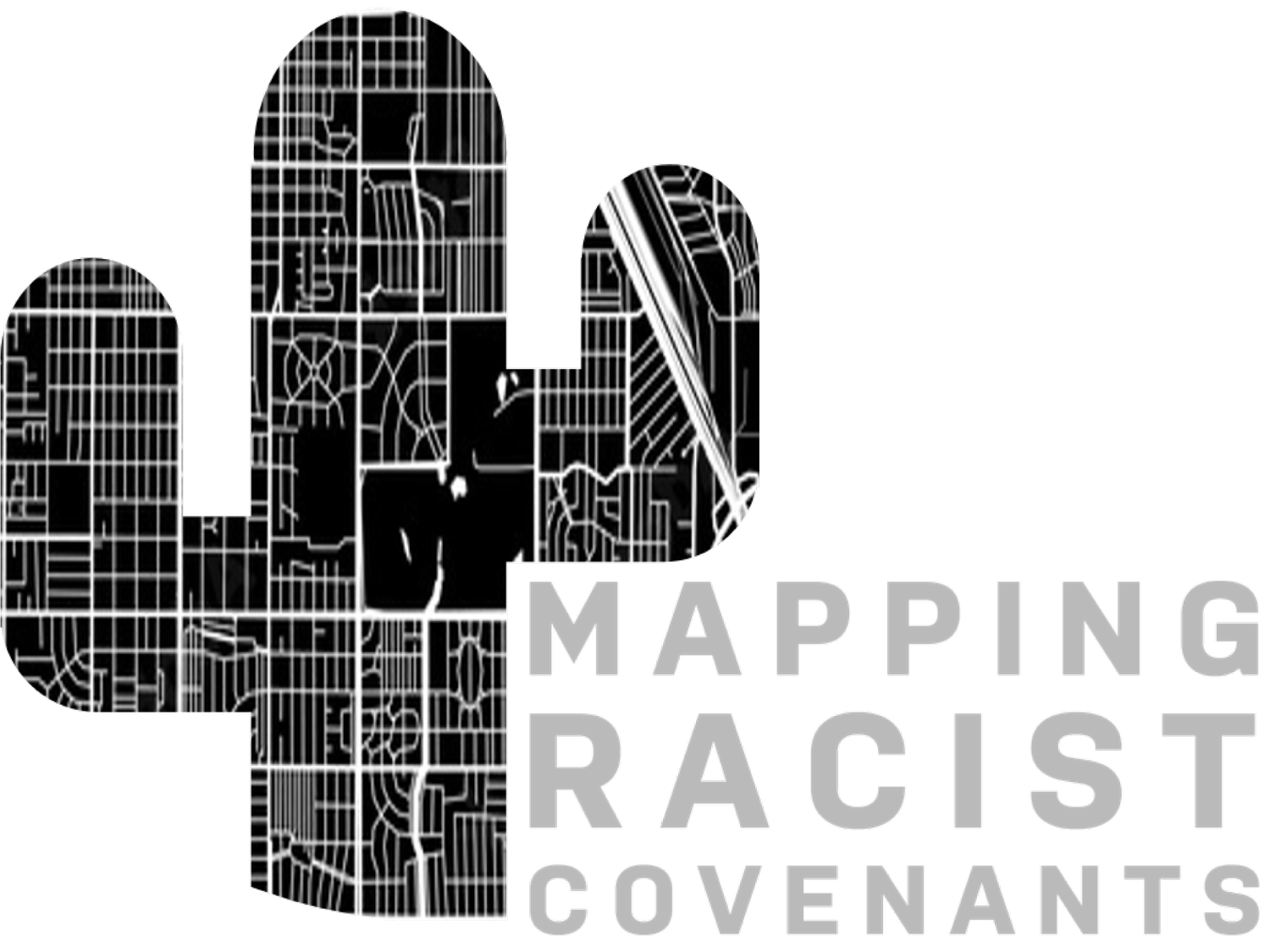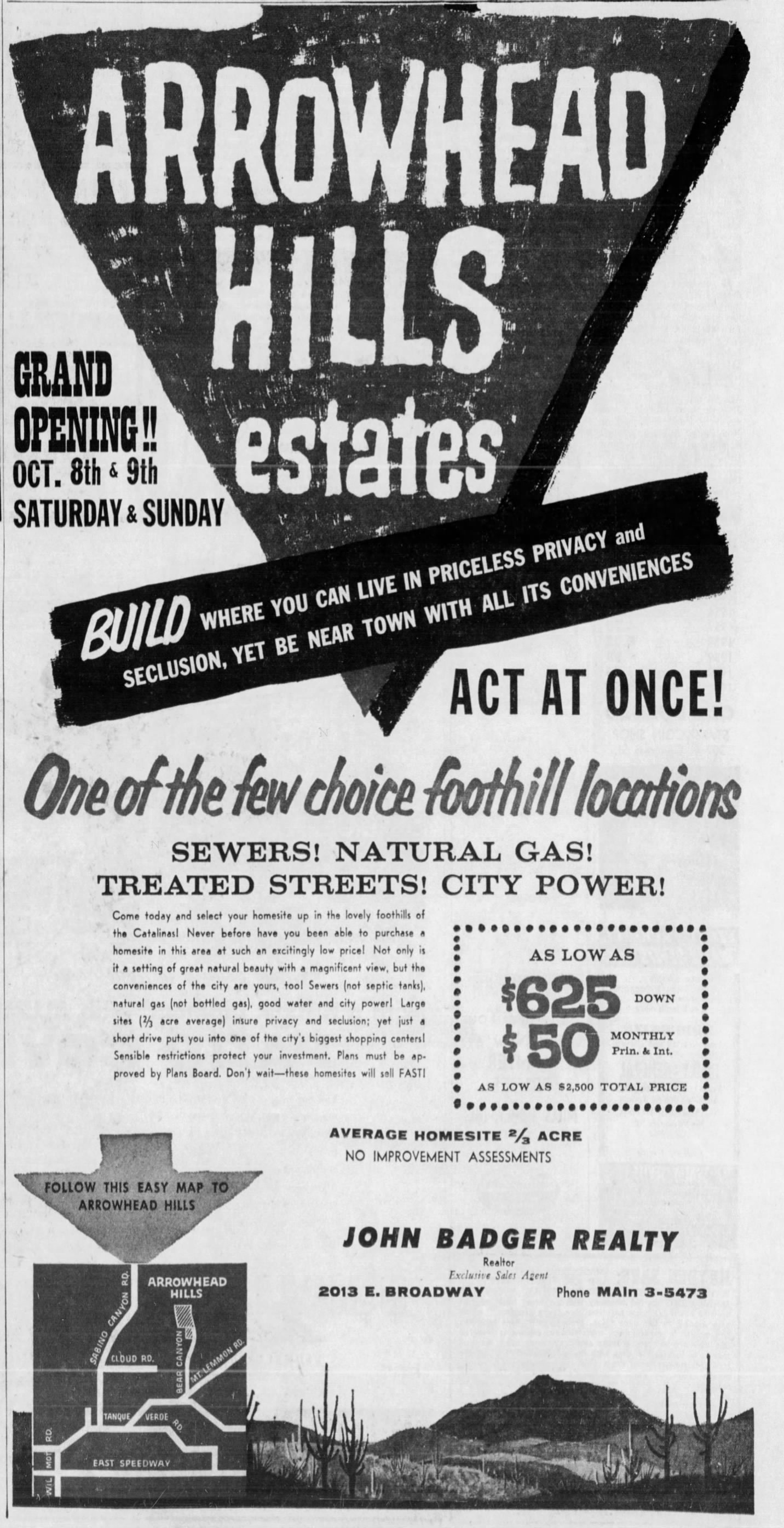
THE MRC PROJECT
The Importance of Housing Equity
Housing injustice is a keystone issue underlying many of today’s challenges facing the United States. Across the decades, racist housing policies have actively disenfranchised people of color and other minoritized communities, making it difficult to secure fair housing and achieve opportunity. Racist covenants are a significant but largely unexplored example of institutional housing discrimination.
When were racist CCRs enacted?
Covenants, conditions, and restrictions (CCRs) refer to rules between a property owner and neighbors, usually specific to a homeowner's association or subdivision. Beginning in the early 1900s, real estate developers, working with homeowner associations, the federal government, and other housing actors, implemented racist CCRs that prevented people of color, as well as other marginalized individuals, from living in certain neighborhoods. While racist CCRs were ruled "unenforceable" by the U.S. Supreme Court in 1948, they were not ruled illegal until the passage of the federal Fair Housing Act of 1968.
Source: Arizona Daily Star (October 9, 1960)
What is the objective of the MRC Project?
The Mapping Racist Covenants (MRC) project tells the story of racist covenants in Tucson. Launched in September 2022, the MRC project explores the geography of racial covenants across Tucson neighborhoods and subdivisions, focusing on those enacted between 1912-1968.
What are the MRC project deliverables?
The MRC project will deliver an interactive web-based map highlighting the geography of racist CCRs in Tucson that prevented African American, Asian, Mexican-American, Native American, Jewish individuals, and many other marginalized populations from living in certain neighborhoods.
The map will also include race/ethnicity data from the 1930, 1960, and 2020 decennial U.S. Census so Tucsonans can connect racist CCRs with historical and present-day racial segregation in Tucson neighborhoods.
Source: Arizona Daily Star (April 19, 1931)
Source: Arizona Daily Star (October 19, 1930)
Source: Outline of Protective Covenants, John W. Murphey Records (Box 14, Folder 19). Courtesy of University of Arizona Libraries, Special Collections





